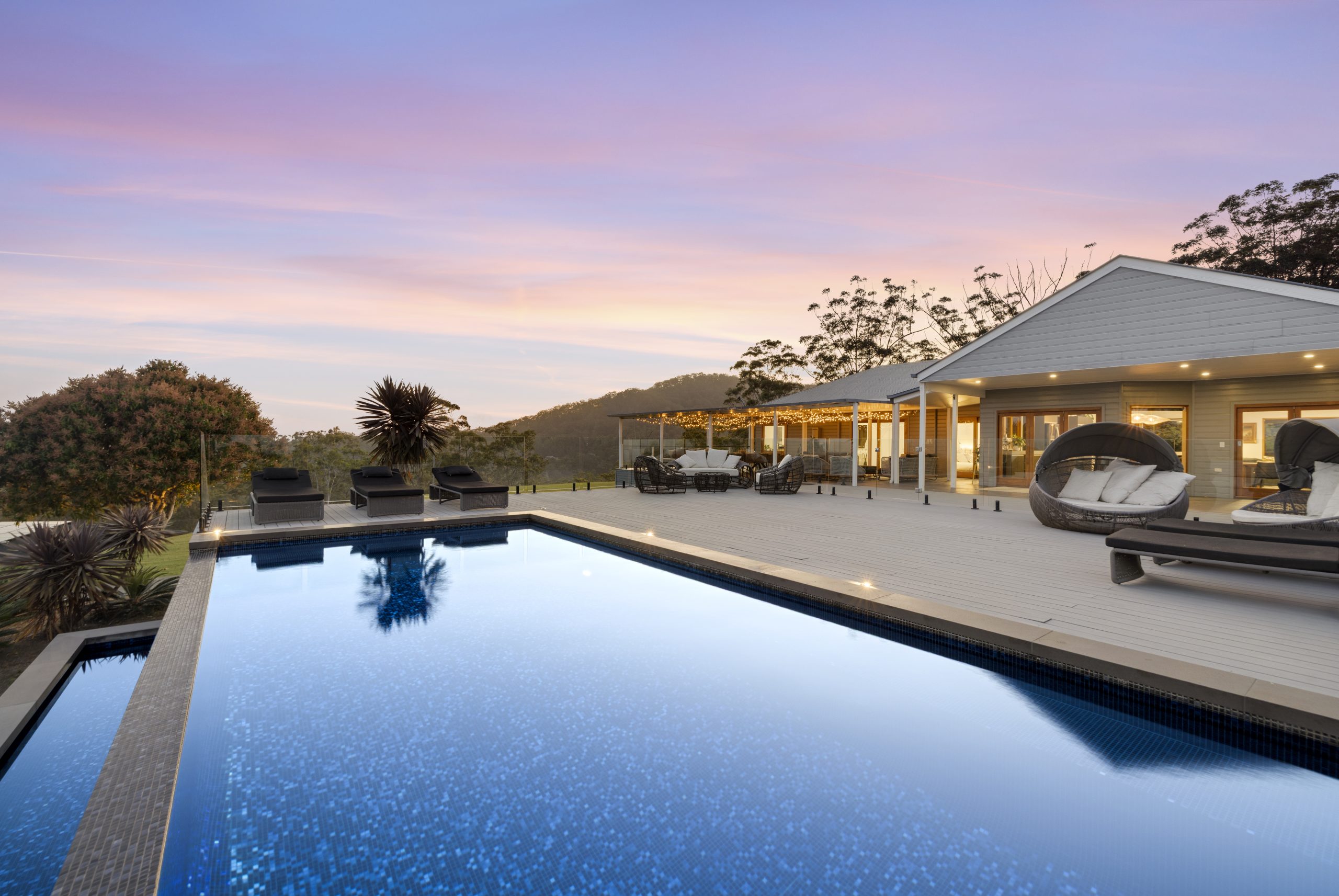Under pressure: More Australians are over extending to keep up appearances
As costs continue to mount, more Australians are feeling the weight of expectation to keep spending
More Australians are living beyond their means in order to keep up appearances, new data has revealed.
A survey by financial comparison site, Finder, has shown 30 percent, or 6.3 million people, have felt pressured into purchasing to keep up with family or friends. The research, which involved surveying 1,062 Australians, also showed 15 percent of people have gone into debt as a result.
The most common sources of over spending people felt pressured into included splitting an expensive restaurant bill despite ordering less (14 percent), taking an expensive holiday (11 percent) and buying tickets to an event (10 percent). However, six percent of Australians had bought a nice car and five percent had bought a house in order to keep pace with others.
Tellingly, the wedding industry made an appearance on the list, with five percent of people pressured into over extending for a bucks or hens night. Three percent reported feeling pressured to pay for someone’s baby shower.
Sarah Megginson, personal finance expert at Finder said ‘comparisonitis’ was exacerbated by social media consumption.
“Never before have we had such an intimate and behind the scenes view into other people’s lives – but it’s important to remember it’s a highlight reel,” Ms Megginson.
“The millionaire next door might be drowning in debt to afford that apparent life of luxury.”
She counselled against falling into the trap of living beyond your means because others appear to have more.
“Getting into debt, ruining personal finances and compromising your values are all very real risks when it comes to trying to keep up with what others have,” she said. “Success isn’t defined by what you have or where you holiday. Focus on future wealth by paying your debt off and dedicating more money to investments and savings than to material possessions.”
A long-standing cultural cruise and a new expedition-style offering will soon operate side by side in French Polynesia.
The pandemic-fuelled love affair with casual footwear is fading, with Bank of America warning the downturn shows no sign of easing.
The pandemic-fuelled love affair with casual footwear is fading, with Bank of America warning the downturn shows no sign of easing.
The boom in casual footware ushered in by the pandemic has ended, a potential problem for companies such as Adidas that benefited from the shift to less formal clothing, Bank of America says.
The casual footwear business has been on the ropes since mid-2023 as people began returning to office.
Analyst Thierry Cota wrote that while most downcycles have lasted one to two years over the past two decades or so, the current one is different.
It “shows no sign of abating” and there is “no turning point in sight,” he said.
Adidas and Nike alone account for almost 60% of revenue in the casual footwear industry, Cota estimated, so the sector’s slower growth could be especially painful for them as opposed to brands that have a stronger performance-shoe segment. Adidas may just have it worse than Nike.
Cota downgraded Adidas stock to Underperform from Buy on Tuesday and slashed his target for the stock price to €160 (about $187) from €213. He doesn’t have a rating for Nike stock.
Shares of Adidas listed on the German stock exchange fell 4.5% Tuesday to €162.25. Nike stock was down 1.2%.
Adidas didn’t immediately respond to a request for comment.
Cota sees trouble for Adidas both in the short and long term.
Adidas’ lifestyle segment, which includes the Gazelles and Sambas brands, has been one of the company’s fastest-growing business, but there are signs growth is waning.
Lifestyle sales increased at a 10% annual pace in Adidas’ third quarter, down from 13% in the second quarter.
The analyst now predicts Adidas’ organic sales will grow by a 5% annual rate starting in 2027, down from his prior forecast of 7.5%.
The slower revenue growth will likewise weigh on profitability, Cota said, predicting that margins on earnings before interest and taxes will decline back toward the company’s long-term average after several quarters of outperforming. That could result in a cut to earnings per share.
Adidas stock had a rough 2025. Shares shed 33% in the past 12 months, weighed down by investor concerns over how tariffs, slowing demand, and increased competition would affect revenue growth.
Nike stock fell 9% throughout the period, reflecting both the company’s struggles with demand and optimism over a turnaround plan CEO Elliott Hill rolled out in late 2024.
Investors’ confidence has faded following Nike’s December earnings report, which suggested that a sustained recovery is still several quarters away. Just how many remains anyone’s guess.
But if Adidas’ challenges continue, as Cota believes they will, it could open up some space for Nike to claw back any market share it lost to its rival.
Investors should keep in mind, however, that the field has grown increasingly crowded in the past five years. Upstarts such as On Holding and Hoka also present a formidable challenge to the sector’s legacy brands.
Shares of On and Deckers Outdoor , Hoka’s parent company, fell 11% and 48%, respectively, in 2025, but analysts are upbeat about both companies’ fundamentals as the new year begins.
The battle of the sneakers is just getting started.
By improving sluggish performance or replacing a broken screen, you can make your old iPhone feel new agai
From office parties to NYE fireworks, here are the bottles that deserve pride of place in the ice bucket this season.



















